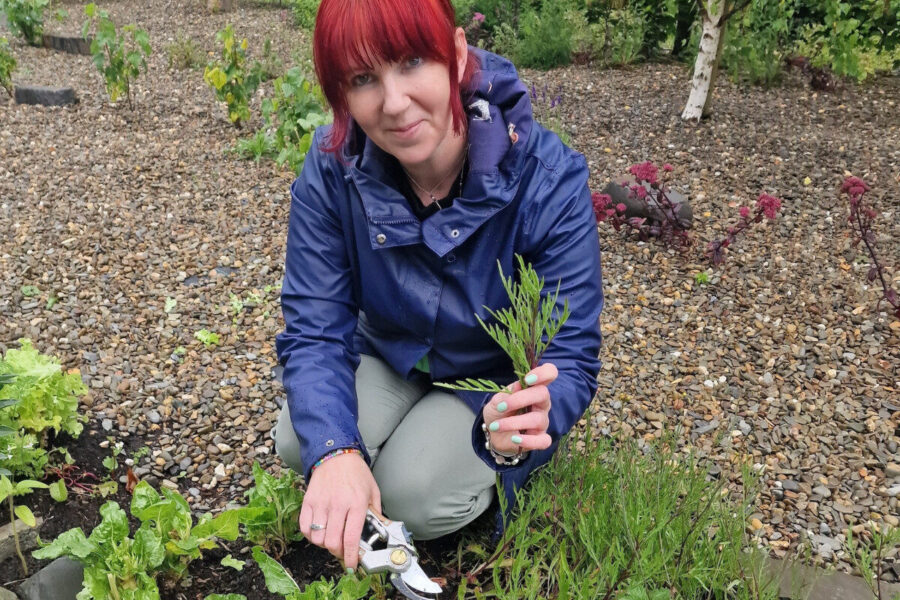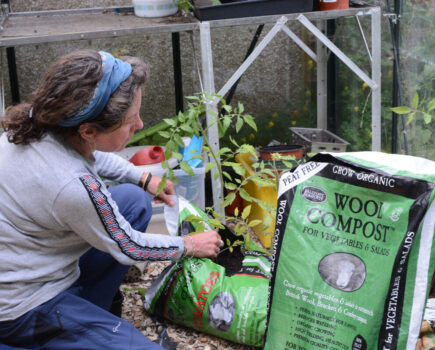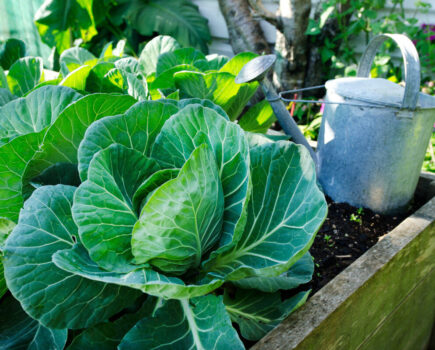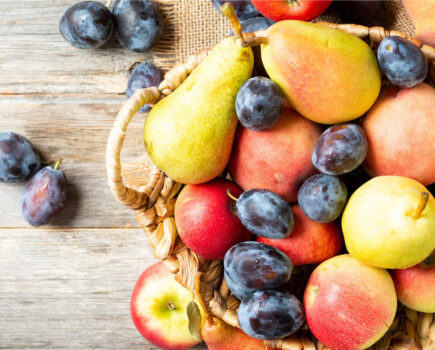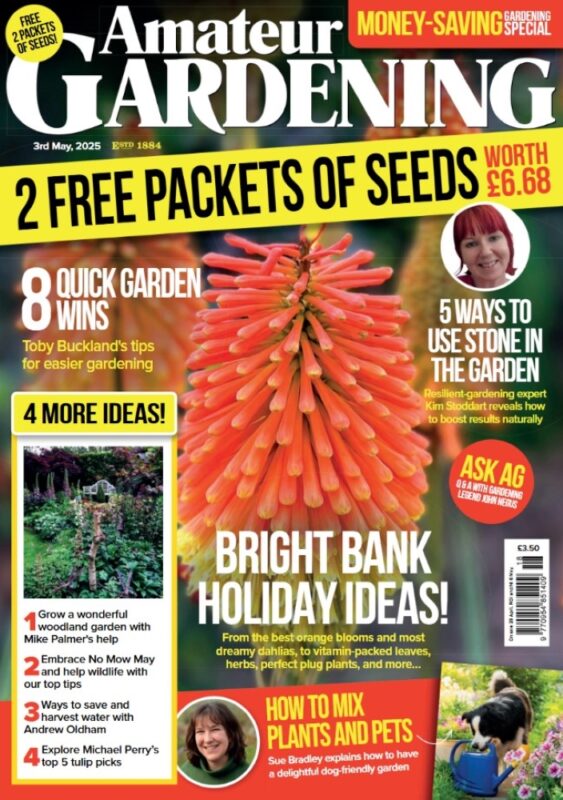Editor and resilient-gardening expert Kim Stoddart shares some of her all-time favourite super low-maintenance edibles and blooms
Isn’t nature clever! With increasing awareness of the benefits of working with the natural world, rather than against it, let’s take a look at the plants that readily reproduce with no intervention from us whatsoever. Yes, they may cheekily grow where you don’t want them to, but the varieties I recommend here are generally hardy enough to be carefully removed when young and planted elsewhere.
Rather than controlling (stopping) the natural instinct in these plucky plants, I highly recommend stepping back and allowing them to complete their natural cycle by self-seeding. This means in essence more plants for you, and for others if you pass them on, and very satisfyingly there are no-cost gains overall. This is nature’s gift and I recommend that where possible, we embrace this free bounty and use it as an excuse to share the gardening love with those around us whenever is appropriate. This generosity of nature and spirit is also very possibly the perfect antidote to what we are seeing in the news right now!
……………
8 Sensational self-seeding edibles
I grow lots of extra edibles each year to plant out at the community climate change garden I manage near to me in Wales, so self-seeding plants are a real ally. Here are some of my favourites which I love passing onto others.
Chive
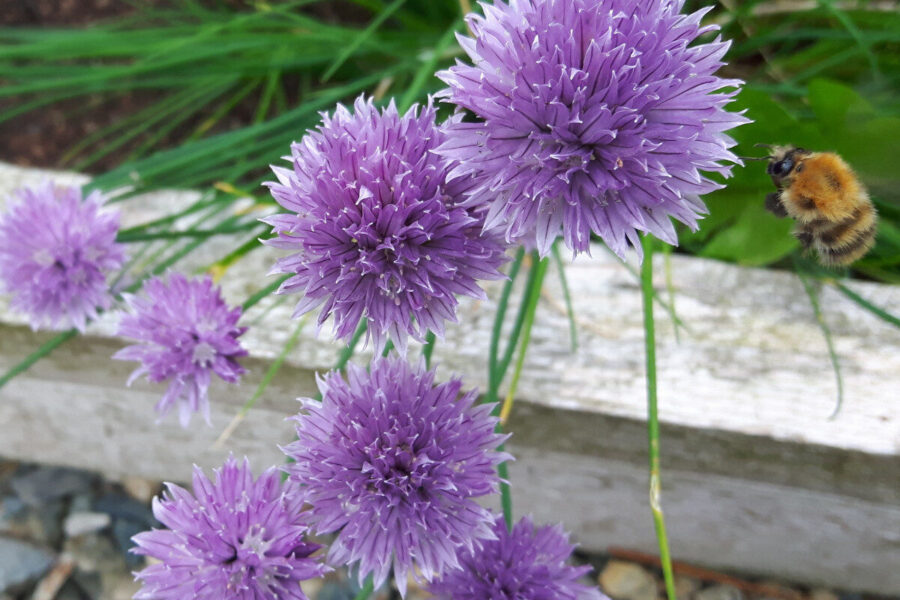
This glorious mild onion-flavoured herb is so useful in the kitchen and will readily grow back each year. Its pretty purple flowers are a real draw for pollinators, often for weeks on end, and the resulting seeds germinate happily in the surrounding ground, especially in gravel I’ve noticed.
Lemon balm
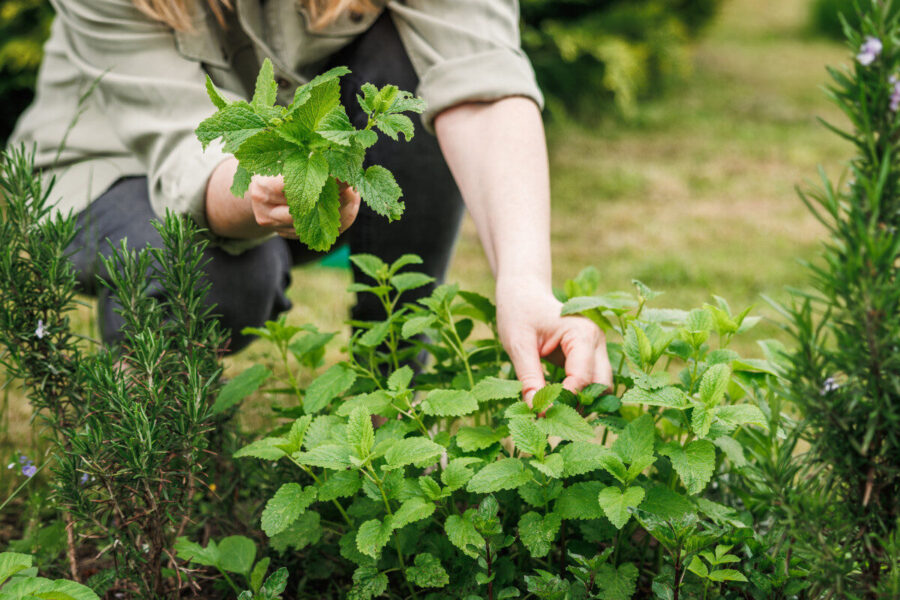
Often described as a powerhouse of a herb with many reputed medical benefits, it also has a multitude of culinary uses and will happily flower and spread. Seedlings are easy to remove and pot on for others.
Nasturtium
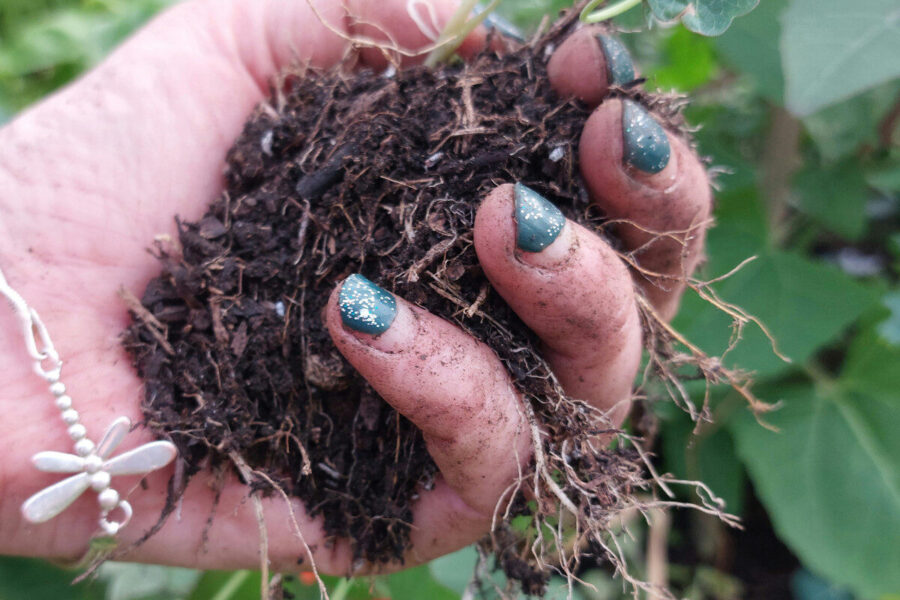
I love eating the leaves and flowers of this peppery plant and use it throughout the vegetable garden as useful ground cover. It really is a resilient garden ally. Yes you can eat the seed as Andrew Oldham reveals on page 51, but do leave some in the ground to germinate and grow on so you have plenty more plants to go around the following year.
Lettuce
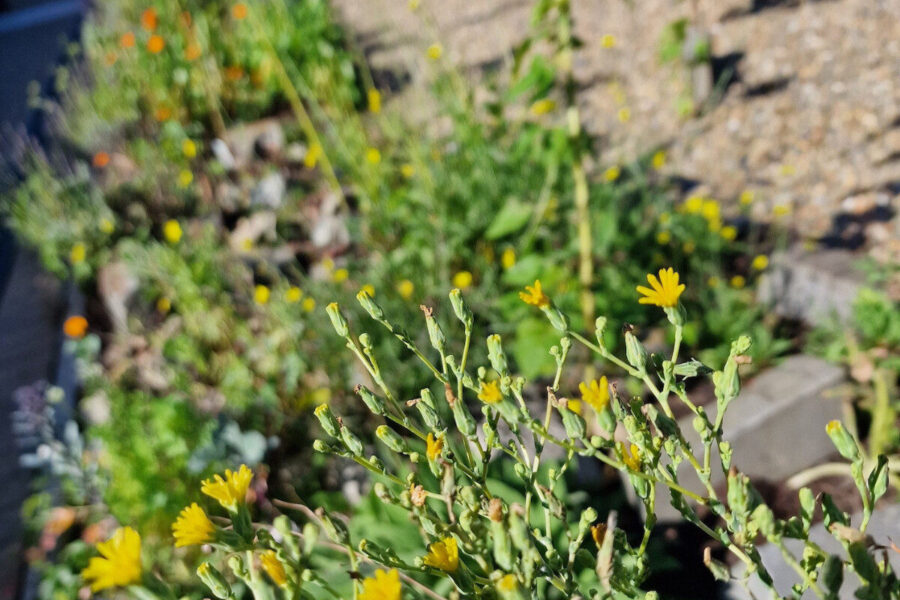
This is very straightforward to save seed from, and in the case of a dry summer (here’s hoping) you can dry some, and leave spare seed heads on the plant to provide food for birds, in which case some will invariably fall to the ground and seed. There’s plenty to go around in every sense, especially when you consider that one healthy lettuce plant can produce the equivalent of at least 20 packets’ worth of seed!
Rocket
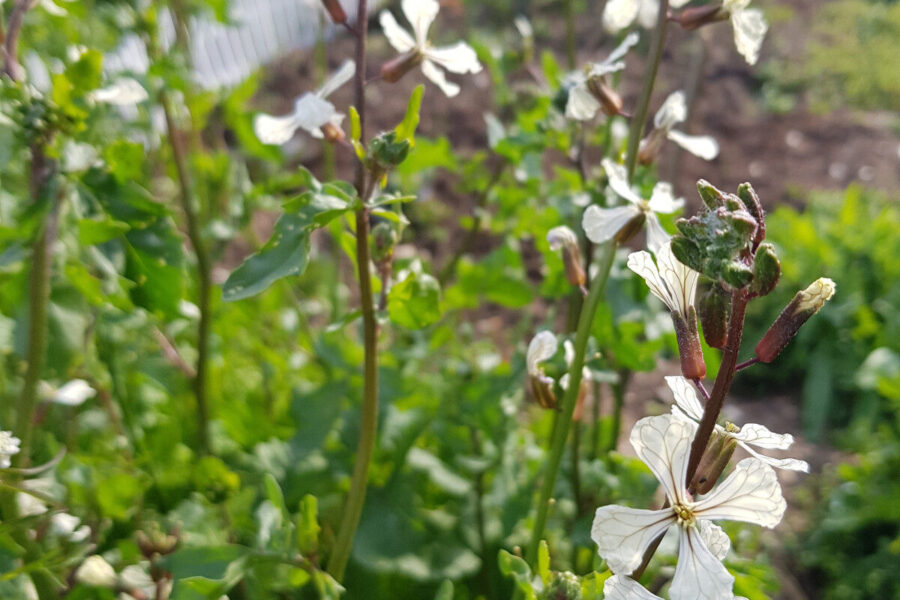
This resilient garden hero is so reliable and will return year upon year in a sheltered spot – even in Wales. I use it as another good ground cover edible to protect the soil from the elements. When it starts producing its pretty white flower heads it will stop producing leaves, but you can cut back some burgeoning seed heads so just a few grow on and leaf supplies don’t run out. It will then do the rest for you with gusto.
Parsley
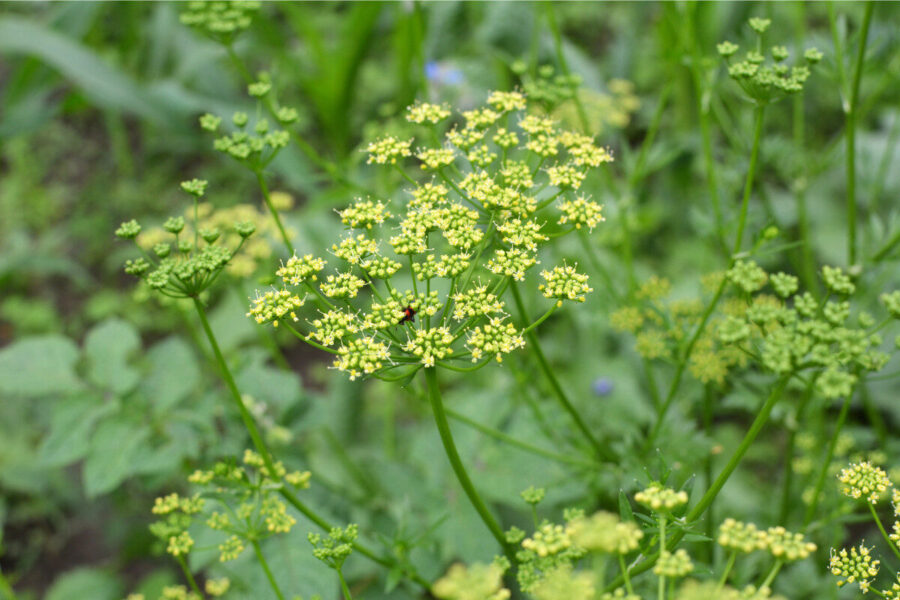
As a biennial, this vitamin C-packed delight of a herb will produce flower heads and seed in its second year if given the opportunity. It’s incredibly worthwhile doing so, especially when you consider that parsley can be a little tricky to germinate from seed, and the cost of parsley plants to buy can be high. This way you can create a wider supply of luscious leaves for no cost at all.
Florence fennel
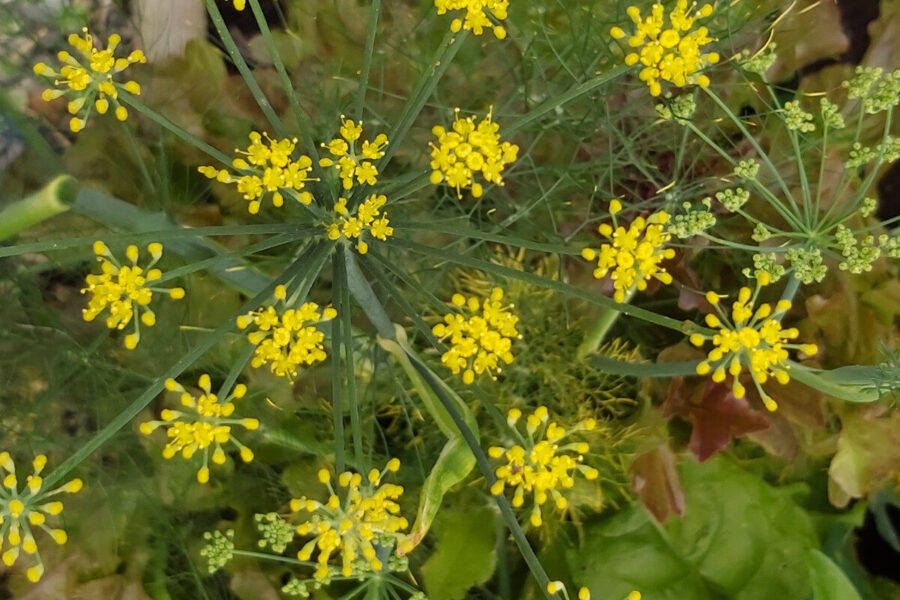
Oh the joyful perky yellow blooms of one of my all-time favourite herb plants! They are show stopping in their own right and I use them for cut flowers, just leaving some to seed in situ which they will readily and reliably do.
Tomatoes
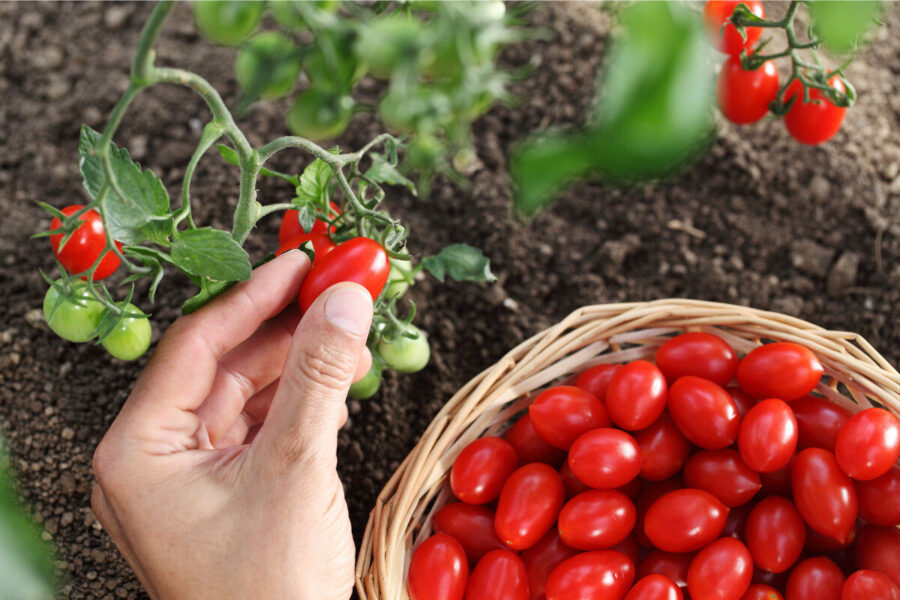
This works better under cover, but an old market gardeners’ trick was to bury a few tomatoes in the ground so the seed would germinate when it was ready the following spring. If you grow tomatoes in a greenhouse or polytunnel you will invariably find some have fallen to the ground at the end of the season and, if left in place, they will dutifully provide some of next year’s seedlings for harvest.
….
The fantastic Lucy Chamberlain also writes about some of her favourite self-seeding brassica and other plants on page 12, for extra ideas.
…….
4 fantastic self-seeding blooms
Geranium
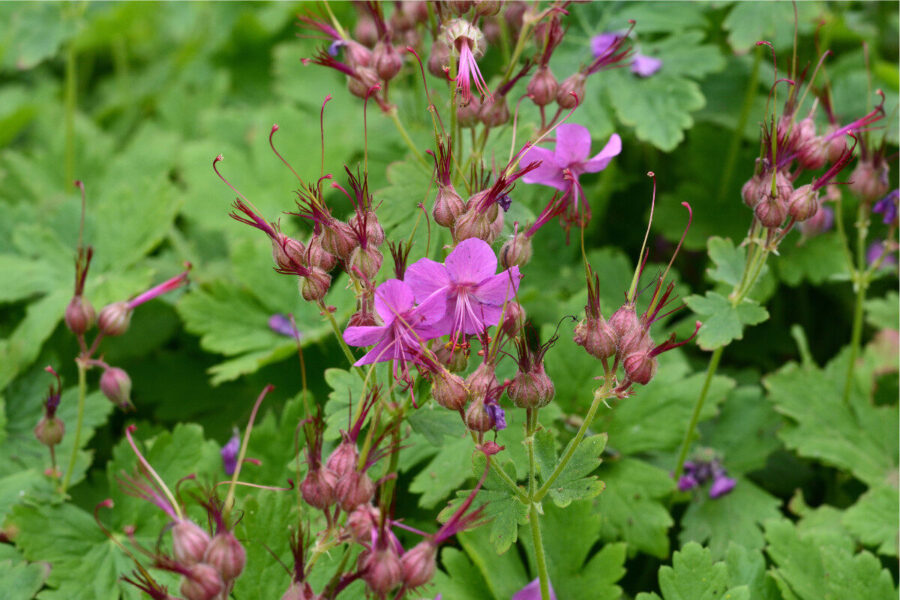
Hooray for hardy geraniums which will self-seed all around. Seedlings seem to grow especially well in gravel or paving stones where they can be gently coaxed out and potted on with success as long as you catch them when they are small.
Poppies
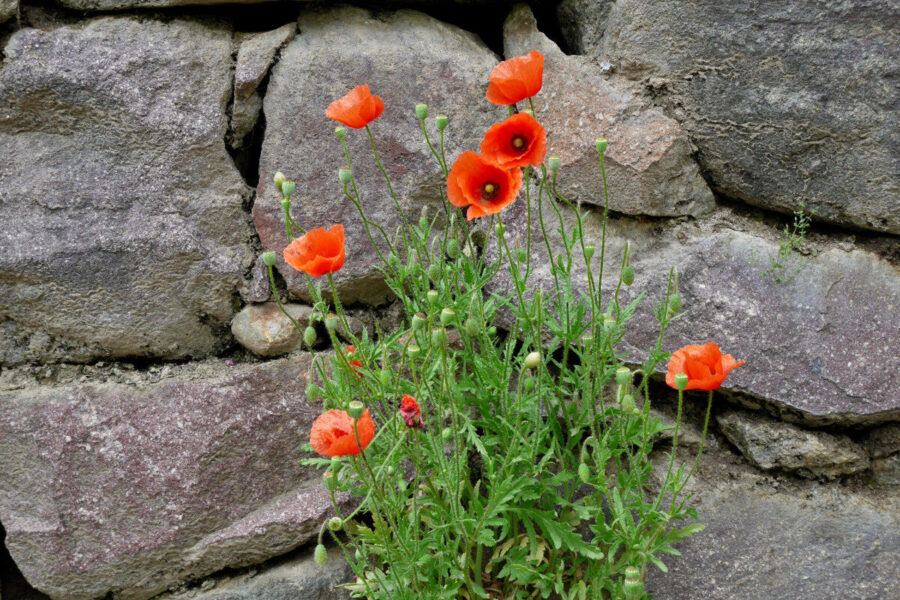
These pretty blooms have a bit of a reputation for growing where they want to, thank you very much, and being sometimes fickle about where you think that might be. So when plants are established, leave them to choose where they wish to spread their seed – this means you get lots more plants to work with.
Calendula
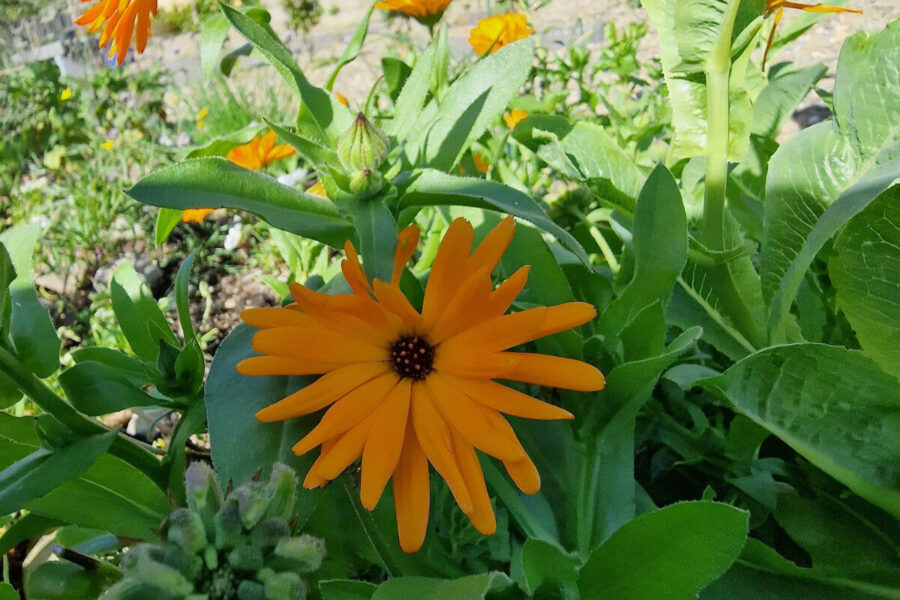
I also love using calendula as a gorgeous ground cover around edibles in the vegetable garden, and you can guarantee some seed will land and form next year’s seedlings. I don’t bother drying seed as it always grows back with plenty of new plants to spare.
Foxgloves
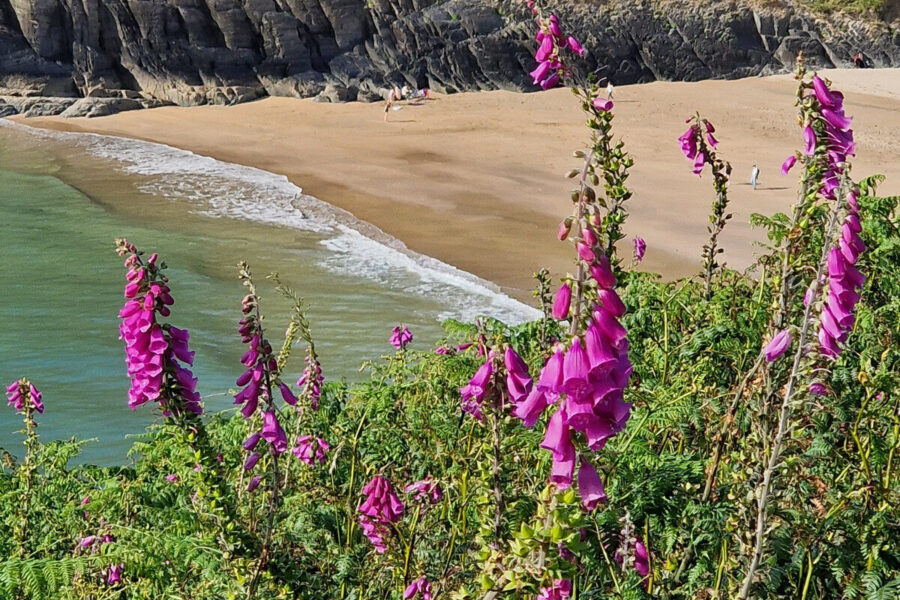
Just leave a few blooms in the ground and new plants will emerge the following year, allowing you to relocate them where you’d like to see them bloom the year after. These beautiful biennials are incredibly hardy to work with and bring much delight.
Find more tips, advice and articles like this at the Amateur Gardening website. Subscribe to Amateur Gardening magazine now

